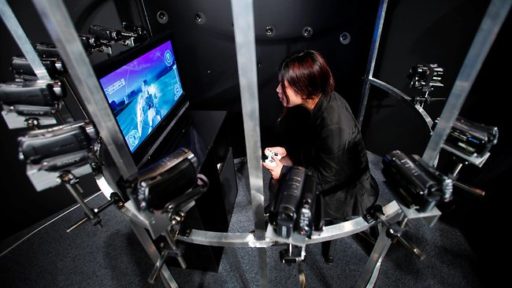When it comes to major tech companies, Google is among the few who have always striven to achieve innovation and push newer limits, even if that may not immediately translate into money. The company has long been making use of extensive neural networks at its Google X Labs to accomplish the next level of artificial intelligence. And it seems that the company is quite close.
The use of neural networks
In the past, neural networks had been made use of by many researchers. Neural networks essentially try to simulate brain cells by imitating the way these cells work. Just like neurons in our body, these neural networks consist of ‘artificial neurons.’
Until now, the use of neural networks has mostly been confined to labs and limited-scale experiments. However, Google is taking the bar a lot higher by deploying thousands of computers to test out its neural networks. And the results are already showing in the enhanced learning capabilities of these networks.
Google’s modified method
For instance, the standard way of ‘teaching’ the neural networks is to first make them ‘learn’ different data sets and teach them what data is important and what is not. Google has taken a different approach in that it lets its neural networks learn on their own. They are not taught anything in the start and begin to ‘develop’ their own ‘thought process.’ For instance, when these neural networks sift through different videos and photos, they are able to develop their sense of differentiation between a man and a cat.
One of the reasons why Google’s virtual brain technology is more robust and ‘intelligent’ is that it makes use of wide-scale resources, thousands of machines and a multitude of personnel to run this project. According to a researcher at Google, “If you scale up both the size of the model and the amount of data you train it with, you can learn finer distinctions or more complex features.”
Implications for Google’s products and services
The enhanced performance of these neural networks is astounding and has huge implications for the future of Google’s products. Such intelligent neural networks can be incorporated into different Google services and products, promptly enhancing their performance.
For instance, according to a leader of Google’s speech-recognition efforts, Vincent Vanhoucke, “We got between 20 and 25 percent improvement in terms of words that are wrong. That means that many more people will have a perfect experience without errors.” That is only one application of these improved neural networks.
Google can go on to incorporate the similar kind of intelligence in other products such as the Android OS, its self-driving cars, the Google Glass Project and a lot more. In a way, Google is contributing towards the global efforts of reaching those levels of AI where a machine can simulate human brain as closely as possible.
Source: Technology Review
[ttjad keyword=”hot”]


